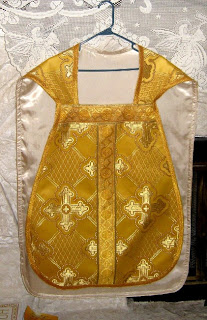According to Summorum Pontificum:
Art. 5. § 1 In parishes, where there is a stable group of faithful who adhere to the earlier liturgical tradition, the pastor should willingly accept their requests to celebrate the Mass according to the rite of the Roman Missal published in 1962, and ensure that the welfare of these faithful harmonises with the ordinary pastoral care of the parish, under the guidance of the bishop in accordance with canon 392, avoiding discord and favouring the unity of the whole Church.
Thus, mass in the Extraordinary Form brings continuity with the Universal Church to parishes who celebrate the two forms of the Latin Rite, the Ordinary and the Extraordinary.
Unfortunately, there is at times, a resistance by some to the truth that both forms are eminently desired. In fact, in his letter to the bishops regarding Summorum Pontifcum, the Holy Father wrote:
In the history of the liturgy there is growth and progress, but no rupture. What earlier generations held as sacred, remains sacred and great for us too, and it cannot be all of a sudden entirely forbidden or even considered harmful. It behooves all of us to preserve the riches which have developed in the Church’s faith and prayer, and to give them their proper place. Needless to say, in order to experience full communion, the priests of the communities adhering to the former usage cannot, as a matter of principle, exclude celebrating according to the new books. The total exclusion of the new rite would not in fact be consistent with the recognition of its value and holiness.
Here the Holy Father lovingly supports a continuity with the Universal Church (past, present, and future), thus avoiding ruptures with the faithful, no matter which form of the mass is celebrated. Both are valid and to be desired as authentic expressions of Catholic worship.
(Cross-posted at Saving Our Parish.)





